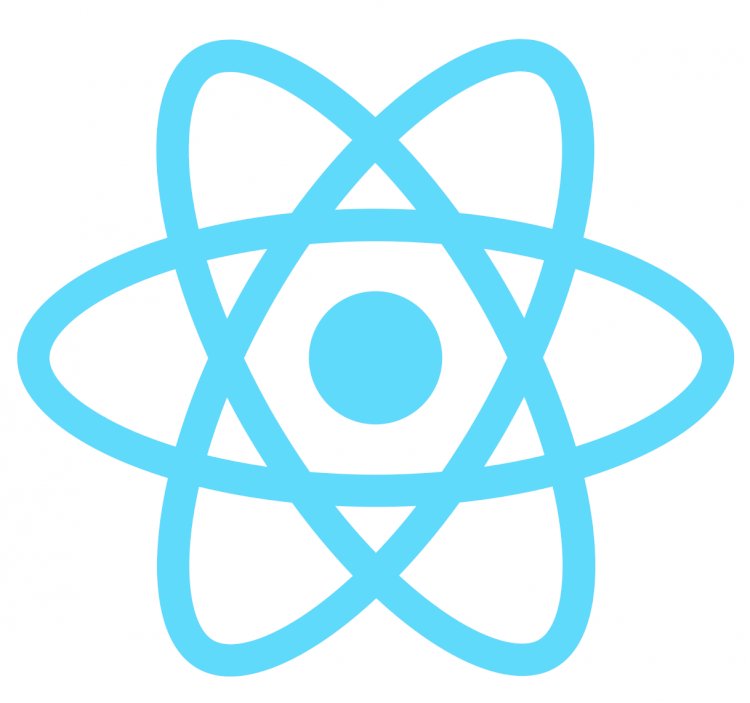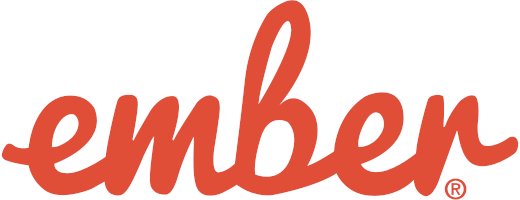Overview and comparison over the different Javascript libraries for 2021
In websites and web applications it comes in handy o use the latest Javacript libraries. It it very time saving and the effects can be stunning. The different use cases are: JavaScript libraries that you can be used to create complete front-end applications. Next, we looked at various libraries that provide ready-to-use reusable web components to aid in quick development. Finally, tools and plugins that solve specific issues for developers – like bundling, visualization, debugging and compiling.
To make it quick. The three dominating JavaScript frameworks nowadays are Angular, Vue and React.
Angular
Angular provides you with the ability to control both UI components and behaviors. Angular treats each DOM element as a component. You can then either track or associate various behaviors to  each directive.
each directive.
Angular is a TypeScript based framework, so the learning curve is steep. You need to invest a significant amount of time to master Angular, though it would give you rewards later.
Here’s a guide to creating your first app with Angular. If you haven’t used TypeScript before, this short introduction should get you started.
React
Another Javascript framework to create user interfaces. Already a mature project with a substantial contributor base and good support online. The main features of React are easier to learn as compared to Angular, you may need to move to third-party libraries for advanced functionality.
to learn as compared to Angular, you may need to move to third-party libraries for advanced functionality.
Although the ability to create a hello world application in only a few lines is what makes React so popular. Here’s a guide to creating your first application on React.
Aurelia
Due to its simplicity, it encourages you to be creative. The code to create a single component in Aurelia is similar to VanillaJS, which boosts its appeal among developers. Its built-in features like routing, powerful data binding, and testing allow you to create a robust front-end application. Aurelia is highly extensible and easily integrates with other third-party frameworks like React.
Aurelia’s quick start tutorial explains how to build a to-do application, and should be sufficient to get you started with the framework
Vue.js
Vue has an immense customizability potential while designing your web application. This makes it easier to learn and quickly build things on Vue. You can continue learning advanced  features of Vue as you build more complex components. In fact, Vue’s customizability allows for an easy transition from any other framework.
features of Vue as you build more complex components. In fact, Vue’s customizability allows for an easy transition from any other framework.
Here’s a guide to getting started with Vue.
5. Ember
Ember, also known as Ember.js, is a modern-day JavaScript framework that encourages you to create ambitious web applications. It comes with “batteries-included”, which refers to certain critical framework functionality. Due to its philosophy, it works as a standalone solution to create complex web applications.
functionality. Due to its philosophy, it works as a standalone solution to create complex web applications.
Ember includes Glimmer, a fast DOM rendering engine. This gives you the ability to render DOM elements from a template. Ember has a separate data layer, routing, and an inbuilt testing environment. Ember also has a command-line interface, which allows you to perform actions like rebuilds, auto-reload of components, and run unit tests. Further, Ember gives you the ability to integrate with high-quality, curated community Ember Addons for added functionality.
Here’s the quick start guide to create a basic component in Ember.
6. Mocha

Mocha is a feature-rich testing framework written on Node.js. While other frameworks may provide testing modules, Mocha lets you test asynchronously too. Mocha tests run in a serial manner, which allows for flexible and accurate reporting of metrics.
Mocha integrates well with other JavaScript assertion libraries like Chai, which makes a transition from a different library seamless. This testing framework runs on most modern browsers, with the ability to customize tests based on the browser it is being tested on.
Here’s a simple getting started guide for Mocha.
7. Webix

Webix is a JavaScript library that comprises of ready-to-use UI components and widgets. Due to its compatibility with HTML5, it is ideal to use if you are creating an HTML-based web or mobile application.
You should choose this framework if you require ready-to-use components. These components can be separated into five categories: data (data tables, filters), navigation (menus, hints), layout (accordion, dashboard), visualization (charts), and popups. Further, Webix separates the visual and data layers, which helps in modular development and testing. Webix also integrates well with an MVC framework if you are developing a complex web application. Here is a comprehensive list of widgets under Webix.
A basic perpetual license of Webix is priced at $449 for a single project and a single developer. Complex widgets such as pivots, kanban boards, and spreadsheets cost extra.
8. Gatsby

Gatsby, also called GatsbyJS, is a free and open-source React-based framework to create quick static websites and applications. A static website is a group of interlinked HTML pages that show the same content to all consecutive viewers. They do not connect to a database to pull new data on request.
Gatsby is an all-in-one static website generator. It allows you to define the content for your website, its routing and linking, and pulls data from a variety of data sources to build your static site on demand. Though Gatsby is fairly new, its popularity has led to significant community growth. For instance, here is a list of Gatsby themes maintained by the community.
Here is a quick start guide for Gatsby.
…
�� If you would like to know how Gatsby compares to WordPress, here’s our take on the matter.
9. Babel

Babel is a JavaScript compiler, and probably one of the best JavaScript libraries without a doubt. Have you wished writing code across JavaScript versions was easier? The folks at Babel were troubled by the same issue and came up with a solution in the form of Babel.
Babel is essentially a compiler. It takes code written in one JavaScript standard and converts it to a different standard. So, in addition, to help you compile ES6 to VanillaJS, Babel can also help convert old JavaScript code to new versions. Babel relies on detailed configuration files to achieve the compilation, so it may present a steep learning curve for beginners.
Here’s a quick start guide for Babel, which helps you get familiar with the presets and configurations.
10. ESLint

ESLint is a pluggable JavaScript linter, which helps you find and fix issues in your JavaScript code. This tool statically analyses your code to find problems in it and highlight potential issues. ESLint can either be associated with your text editor or built into your Continuous Integration (CI) Pipeline to test new code as it is pushed to production.
You can configure ESLint to run tests on your JavaScript code, add new rules along with ESLint’s built-in rules to customize tests based on your organization’s requirements. You can also set the tool to automatically fix routine errors to bring in efficiency in your overall development process.
If you use a GUI-based text editor, you need to install a plugin to integrate the tests into your real-time coding environment. Here is the ESLint plugin for Sublime Text and Atom. This quick start guide helps you install ESLint on the server, which can serve as a precursor to the integration with a build system like Gulp or Grunt.
11. D3.js

D3.js, or simply D3, is a JavaScript library to visualize data by manipulating HTML DOM elements. D3 is almost a decade-old since its first release, and it has grown to become the most powerful JavaScript visualization library.
This library allows you to gather data from various data formats and data sources. D3 then uses
Here is a tutorial to create a bar chart in D3 for beginners.
12. Shave
Shave is a lightweight JavaScript tool that truncates text to fit in an HTML5 DOM element. It temporarily hides the rest of the text in a hidden element, which you can later show if required.  It is only a 1.5 KB plugin, with no dependencies that get a specific task done.
It is only a 1.5 KB plugin, with no dependencies that get a specific task done.
To use the Shave’s functionality, provide an HTML DOM selector and a max height to it. It integrates well with other plugins that may have more advanced truncating features. The benefit of using Shave is the ability to quickly transform a large number of elements together.
Here is a CodePen demo of Shave, which demonstrates the time required to truncate 50 elements.
13. Webpack

Webpack is a modern JavaScript tool that serves as a static module bundler. It essentially bundles up your application’s assets and resources, thereby keeping your code clean. It can later load up the same assets after minifying them helping you save some load time.
This tool analyzes your application’s dependencies to create an internal dependency graph. This dependency graph maps every asset that your project depends on to generate bundles for various versions of your application. Here is a getting started guide for Webpack.
14. LitElement
LitElement is yet another JavaScript library developed by Google to enable developers to create simple websites seamlessly. It started out as the Polymer library, and has now grown into a new project. The aim of LitElement is to enable developers to quickly create fast, lightweight, reusable web components.
Any web element that you create with LitElement follows the Web Components standards. Hence, your components will easily integrate with any other framework too. LitElement allows you to customize the elements as well. LitElement web components work with all major web browsers.
node.js


























